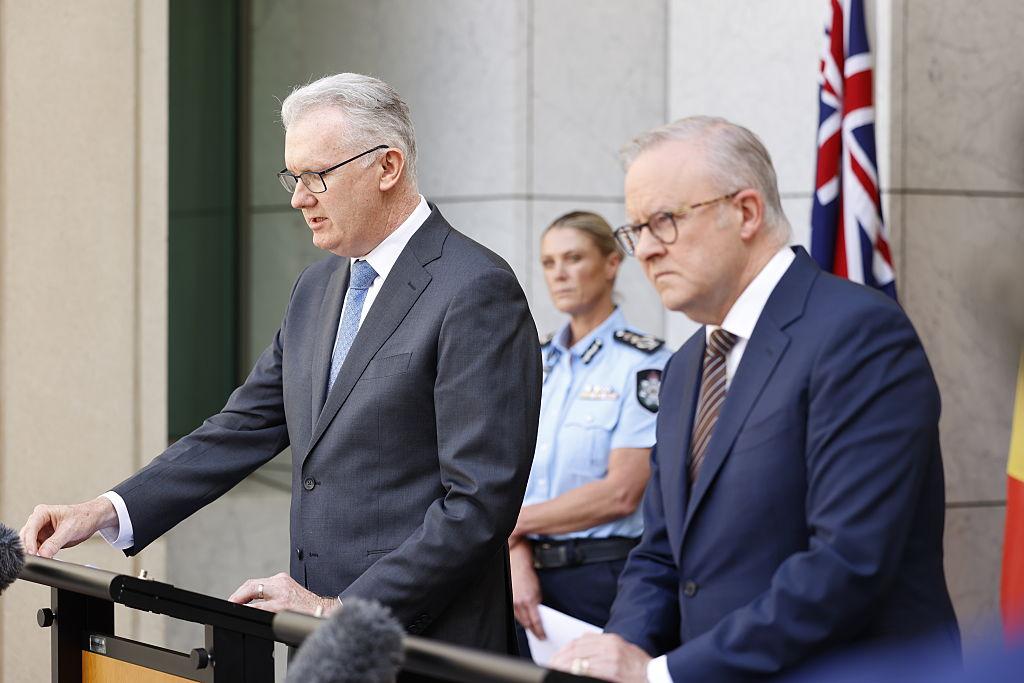The success of AUKUS could be at risk unless U.S. lawmakers are prepared to make further concessions toward Australia and the United Kingdom on arms trade regulations, according to a new report from the United States Studies Centre.
The report, titled “AUKUS enablers? Assessing Defence Trade Control Reforms in Australia and the United States,” was authored by Tom Corben, a Research Fellow in the Foreign Policy and Defence at Centre, and William Greenwalt, a Senior Fellow at the American Enterprise Institute.





